One of my favorite buildings in downtown St Paul is the Jemne building. It’s dwarfed by the buildings around it today, but it was taller than those around it when it was built. Next time you’re downtown, be sure to drive or walk by the building on the corner of Kellogg and St Peter. It’s across the street from another Art Deco gem in St Paul, City Hall.
The First Women-Only Club in St Paul
The Jemne building in St Paul was once home to the Women’s City Club. By the turn of the 20th century, St Paul was home to many men-only groups, golf clubs, fraternal organizations, and service clubs. Women in Minneapolis organized the Woman’s Club in 1907, but there was nothing like it in St Paul until 1921.
The club’s initial membership totaled more than 850 middle- and upper-class women, each paying $10 yearly in dues. They acquired a lease for their first clubhouse in a vacant building at Fourth and Cedar. The women cleaned it up and gave it a “homelike, daintily feminine, and distinguished” makeover. Just eight years later, their lease ended, and the building was demolished. Although fundraising for a new clubhouse was already underway, the club was forced to find a temporary landing spot until their new building was completed.
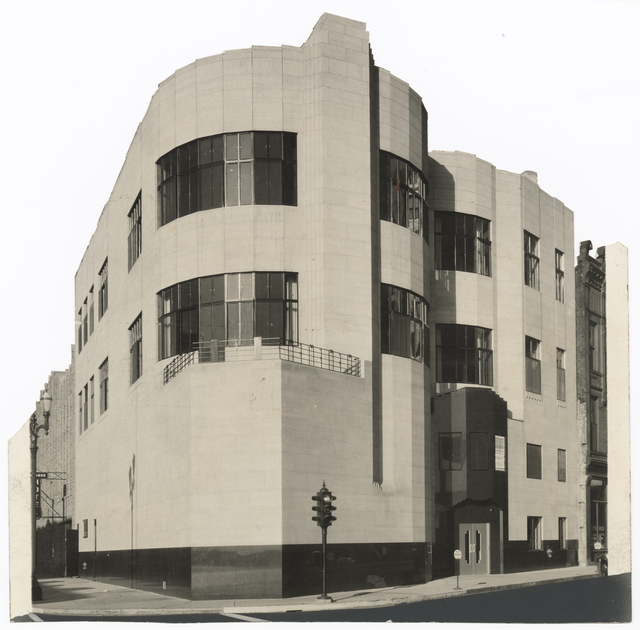
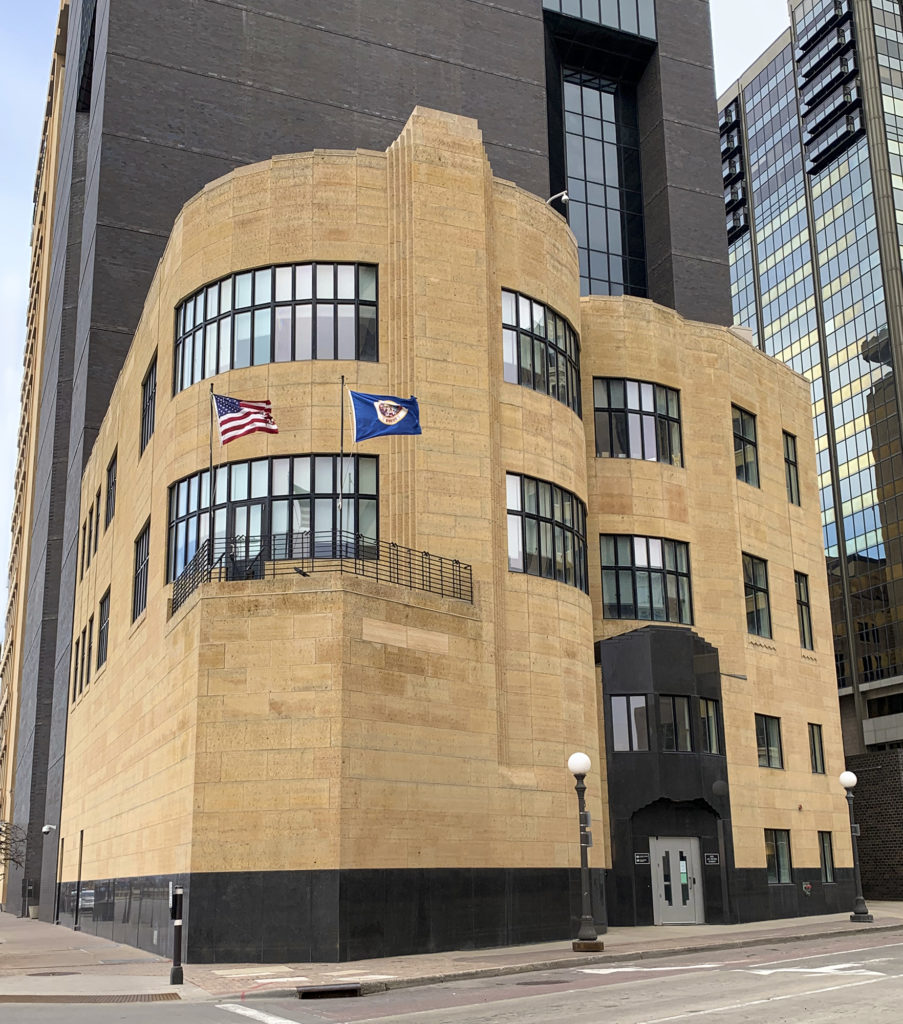
The Clubhouse
The club raised $255,000 to build and furnish the new clubhouse. They purchased a small, irregular plot of land on Third and St Peter with a view of the Mississippi River for $40,000 in 1929. Magnus Jemne was chosen to be the architect and the club hired Frank Post to decorate the interior. Jemne produced an Art Deco masterpiece for the club. Black granite was used on the exterior at street level with smooth Mankato travertine above. The curved corner is meant to resemble the bow of an ocean liner.
The first and second floors were used as event and meeting spaces available to the public. There was a large lobby, a 500-seat auditorium, and dining rooms that could be used by other civic organizations for meetings. The third and fourth floors were strictly for members only. Members could use the lounge, library, exercise room, card room, dressing rooms, and the large dining room overlooking the river.
Post carried the Art Deco theme inside the clubhouse. Silver, gold, and bronze dominated with red, blue, green, and pink accents. One-of-a-kind murals, sleek chandeliers and lamps, custom furniture, and several fireplaces completed the look.
The opening reception for the new clubhouse was open to the public and took place over three days in October 1931. Over the next four decades, the club hosted singers, writers, historians, fashion designers, public figures, and other celebrities to entertain and educate their members and guests.
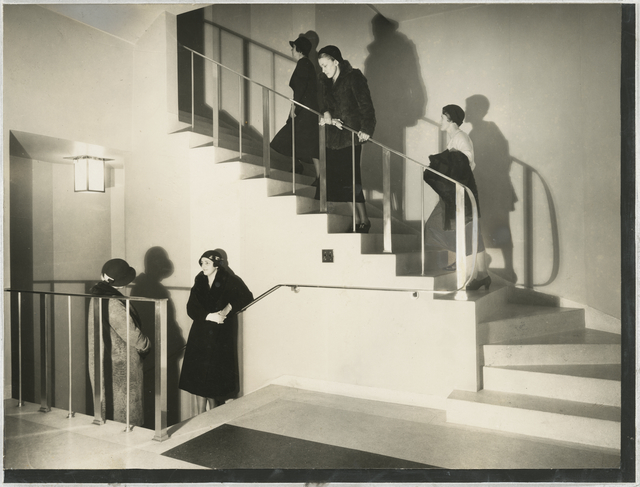
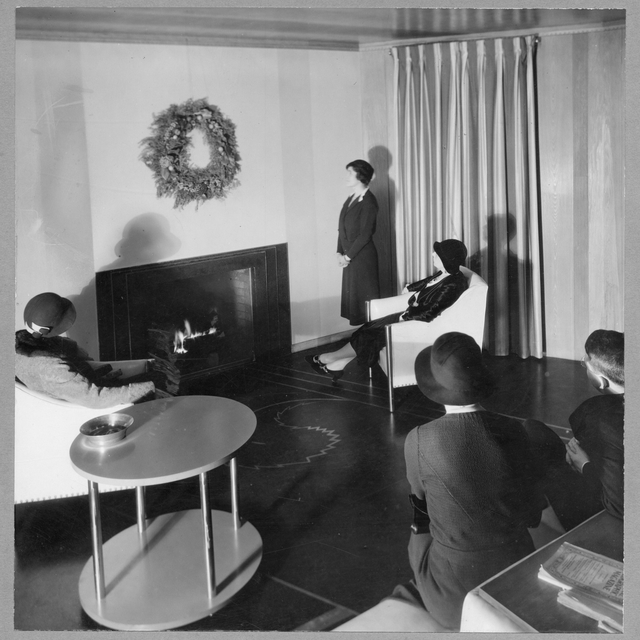
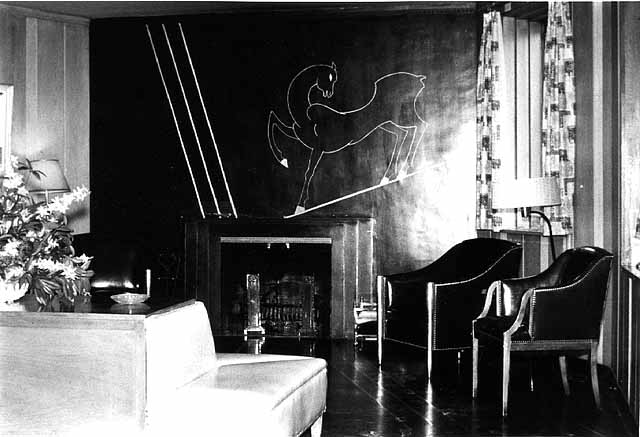
Moving On
By the 1970s, the club’s membership was declining. Women had many more options to socialize and engage with their community than they had in previous decades. In 1971, the Women’s City Club wasn’t bringing in enough dues and fundraising to maintain their beautiful clubhouse. The building was sold to the Minnesota Museum of Art. The remaining members continued to meet elsewhere until the club eventually dissolved.
The museum wanted the building wholly cleared out. Nearly all of the Art Deco furnishings and fixtures were sold at auction, along with built-in cabinets, lamps, tables, draperies, and the club’s monogrammed dishes and silverware. The museum remained in the building until 1993.
The St Paul Heritage Preservation Commission recognized the building as a city historic site in 1978, and the former clubhouse was placed on the National Register of Historic Places in 1982.
